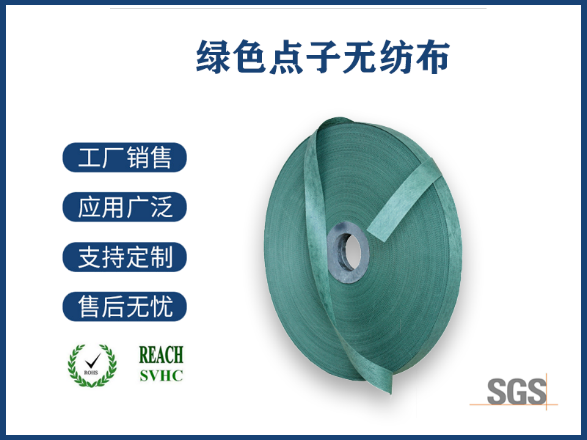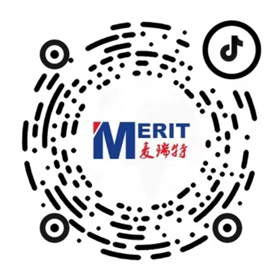Non-Woven Fabric: The Eco-Friendly Choice in Modern Materials In today’s world, where environmental consciousness is becoming increasingly important, the search for sustainable alternatives is more critical than ever. One such alternative that has gained immense popularity is non-woven fabric. But what exactly is non-woven fabric, and how do you say it in English? Let’s dive into the details.
Understanding Non-Woven Fabric
Non-woven fabric (often referred to as “non-woven” or “nw”) is a material made from synthetic fibers that are bonded together by chemical, mechanical, heat, or solvent treatment. Unlike traditional woven fabrics, which are created by interlacing threads, non-woven fabrics do not require weaving or knitting processes. This unique production method results in a versatile, durable, and cost-effective material that offers numerous benefits across various industries.
Why Use Non-Woven Fabric?
Environmental Benefits: Non-woven fabrics are generally more eco-friendly compared to their woven counterparts. They often use less energy and resources during manufacturing, and many types are fully recyclable. Additionally, they can be made from recycled materials, further reducing their environmental impact.
Versatility and Strength: Despite not being woven, these fabrics are incredibly strong and durable. They can be engineered to have specific strengths, weights, and textures, making them suitable for a wide range of applications from medical gowns to industrial wipes.
Cost-Effective: The production process for non-woven fabrics is simpler and faster compared to traditional fabrics. This simplicity translates into lower costs without compromising on quality or performance.

Hygiene and Health: Non-woven materials are often used in healthcare settings because they can be designed to be fluid-resistant, breathable, and hypoallergenic. This makes them ideal for products like surgical gowns, face masks, and sanitary napkins.
Applications of Non-Woven Fabrics
The versatility of non-woven fabrics means they are used in an extensive array of products and applications. Here are just a few examples:
Healthcare: Masks, gowns, and drapes.
Household: Dust cloths, cleaning wipes, and tea bags.
Automotive: Car filters and interior linings.
Industrial: Filter fabrics, packaging materials, and construction fabrics.
Personal Care: Baby wipes, diapers, and sanitary pads.
How to Say ‘Non-Woven Fabric’ in English
If you need to discuss non-woven fabric in English, you would typically refer to it as “non-woven fabric.” Alternatively, you might also hear terms like “nw” or “non-woven material,” especially in casual or industry-specific contexts.
Conclusion
Non-woven fabric is an innovative, versatile, and eco-friendly material that meets the needs of our modern world. Whether you’re looking to make environmentally conscious choices or searching for a durable and cost-effective solution, non-woven fabric is a compelling option. So next time someone asks you about this remarkable material, remember that in English, it’s simply called “non-woven fabric.”




 客服QQ
客服QQ